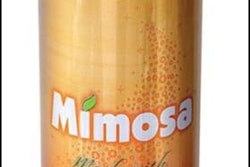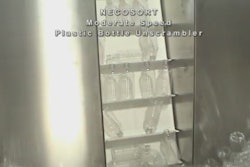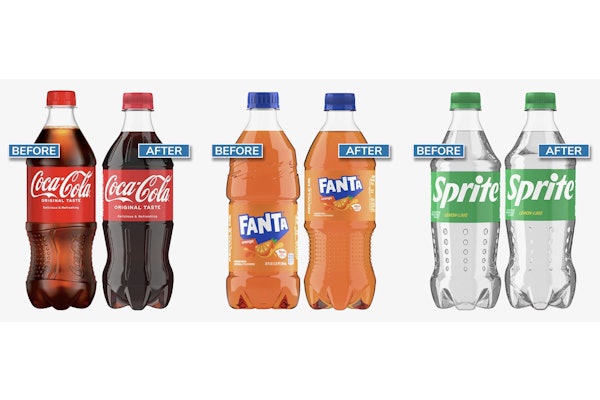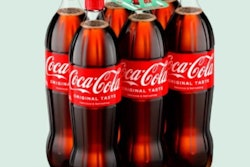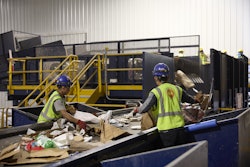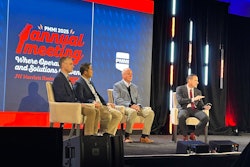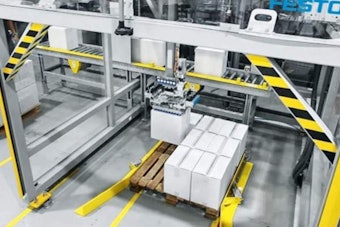
Packaging and advertising are both important components of a marketing strategy. But make sure they’re regarded as complementary and not competitive. Sure, they operate in separate realms and push different buttons in the target audience. But if we optimize their interdependence, we arrive at a successful systems approach.
For purposes of this article, the focus is on television and related media advertising. As a further point of reference, advertising herein is defined as paid media communication about a product, meant to inform and persuade a targeted audience. The last element of that definition also is an objective of the communication function of packaging. When some say that packaging is the more cost-effective communicator, they usually cite the cost of a national television advertising campaign. It’s true that many brands can’t afford such advertising; nonetheless, cost-effectiveness is determined not just by outlays but also by returns.
From that perspective, a well-conceived and well-executed advertising program will be cost-effective, just as a poorly-conceived and poorly-executed packaging program will be cost- ineffective. Arguably, the latter is more concerning because the majority of consumer packaged goods are not supported by advertising and rely on the packaging as the main—if not sole—means of communicating with consumers. Even so, the ranks of firms that advertise on television and related media are increasing, thanks to certain trends. One is cable/satellite television channels targeted to narrow viewer interests, thereby giving brand-owners accessibility to viewerships consisting of a larger percent of the targeted consumers. Another is the internet, affording advertising options ranging from pop-ups, to sponsored ads, to videos, to ads run on company websites.
Regrettably, some longtime users of advertising—let alone some newcomers—are not devoting the deserved thought to bettering the packaging/advertising connection. To do so starts with recognizing that advertising should motivate the consumer to go to the place of purchase in search of the product and that packaging should (at the so-called moment of truth) close the deal. That those tasks are separate but related is not lost on retailers. It’s reflected in their willingness to carry products that are supported by advertising that generates store traffic and packaging that generates shelf-turnover. That being so, CPG companies need to employ guidelines that are consistent and constant, no matter the advertising agency, no matter the advertising campaign.
There should be guidelines governing when the package (which is a proxy for the product) is shown. There’s a logical argument to be made that the package should be shown at least early in the advertisement, if not at its start. With the possible exception of the Super Bowl, advertisements (commercials) are not awaited with interest by viewers; therefore, the ad needs to introduce the product (by showing the package) soon, before the viewer, by habit, gets up, channel surfs, or fast-forwards. Some ad agencies attempt to arrest and maintain viewers’ interests with various “entertaining” ploys, i.e. intrigue, comedy, drama, etc., before revealing what product is being advertised. That’s an indulgence that doesn’t guarantee that the viewer will watch, and it carries the added potential pitfall that, once the package is shown, the viewer will not see a motivating connection between the entertaining ad and the need for the product. Accounts are legion wherein viewers recall an entertaining ad but not the product. In addition to showing the package at the beginning, a compatible guideline would be to “sign-off” with a showing of the package.
There should be guidelines governing the total time that the package is shown. This is a different consideration from showing the package at the beginning and at the end; it addresses what happens between those two points. Even if one subscribes to the philosophy that the package should be shown for as much of the ad as feasible, there’s still the issue of what the package is to do (or have done to it) during its camera-time. For sure, there should be one or more close-ups of the package. Beyond that, since the product (via its package) should be regarded as the star, it should be allowed to perform; after all, television and related media allow demonstrations (the info-commercial industry knows that). It’s advisable to demonstrate what differentiates the packaged product, especially in the functionality sense; therefore, show it “doing its thing,” or on those occasions wherein the package is animated (given its own locomotion, voice, etc.), let it play show-and-tell.
Another guideline should be aimed at engaging the consumers’ faculties beyond sight and hearing. Although not true of all products, there are many products that can benefit from appeals to taste, smell, and touch. Although these faculties can’t be engaged directly through television (and related media) advertising, they can be evoked indirectly. It just requires the right associations and references. But don’t rule out the use of sight and sound to engage the other faculties. For example, if the package seals in flavor and aroma, why not yield to the self-presenting and show someone savoring the results of the package’s performance?
The preceding guidelines and others similar to them don’t stymie advertising creativity, for they are sufficiently broad and pliant. Then again, creativity for creativity’s sake should never be the objective of advertising. Advertising strategy typically is the responsibility of the brand manager, but it wouldn’t constitute encroachment for a packaging professional to provide input regarding how the two disciplines can be managed for optimal results. Long before the retailing industry as we know it today, tycoon John Wannamaker lamented that he knew that half of his advertising didn’t work but that he didn’t know which half. That was bad enough back then. But in today’s hyper-competitive environment, even a far more modest lack of knowledge can be ruinous.
Sterling Anthony is a consultant, specializing in the strategic use of marketing, logistics, and packaging. His contact information is: 100 Renaissance Center- Box 43176; Detroit, MI 48243; 313-531-1875 office; 313-531-1972 fax; email [email protected]; www.pkgconsultant.com



